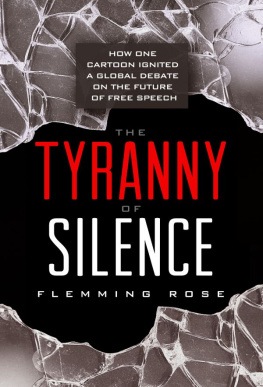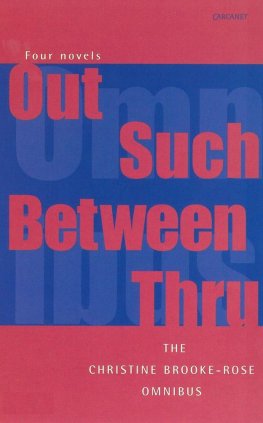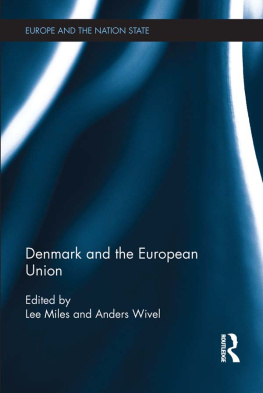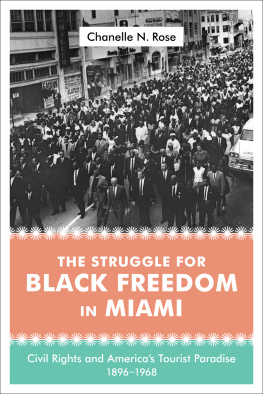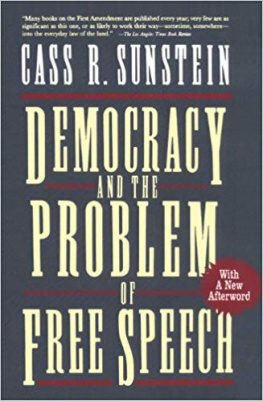Copyright 2014 by Cato Institute.
All rights reserved. For information about reprint permissions, please contact Cato Institute, 1000 Massachusetts Ave., NW, Washington, DC 20001.
Published by Cato Institute Press.
Cover design by Jon Meyers.
As a longtime proponent of free speech, however controversial, and as a senior fellow at the Cato Institute, I am delighted the Cato Institute Press is publishing The Tyranny of Silence by Flemming Rose. As featureseditor of the Danish newspaper Jyllands-Posten, Rose commissionedand published satirical cartoons about Muslims, some of them ofMuhammad, that led to violent demonstrations in some Muslim countriesas well as vehement protests elsewhere in the world, along withdeath threats and at least 200 actual corpses.
In this vivid book, Flemming Rose tells why he was responsible forpublishing these cartoons as well as the long-term threatening impactthey have had on him. The Tyranny of Silence documents the continuousmultidimensional war elsewhere on free speech. I hope that amongother effects, The Tyranny of Silence will lead to open discussions and debatesin America and elsewhere on the growing amount of self-censorshipamong individuals and societies confronted by highly combativecultures that allow no criticism of their sacred beliefs.
Such a culture created the fierce and fatal demonstrations against thecartoons in the Danish newspaper.
Or, as Rose put it in a Fall 2007 Middle East Quarterly discussion byhim and Naser Khader (Reflections on the Danish Cartoon Controversy):
When the twelve cartoonists and I received death threats,newspapers were closed in Russia and Malaysia, and newspapereditors were jailed in Jordan and Yemen, at that point itbecame an issue exclusively about free speech.
Amid the violent responses elsewhere to the publication of the Danishcartoons, in the United States reactions were so intimidating thatwhile the New York Times, Washington Post, Los Angeles Times, and ChicagoTribune described these bristling cartoons in words, these newspapersin the land of the First Amendment guarantee of a free pressrefusedto print the cartoons themselves.
But a very few U.S. newspapers did: the Philadelphia Inquirer, the NewYork Sun, and the Village Voice. I was then a columnist at the Voice, and my story on the cartoons included the most controversial of the cartoonsMuhammad with a bomb in his turban.
It never occurred to me not to publish the cartoon, nor was I surprisedwhen I too received death threats. For some weeks afterwards, walkingthe streets of Greenwich Village, where the Voice was published andwhere I live, I occasionally glanced quickly into passing baby carriagesto see if machine guns were nestled there.
Also, as a reporter, I traced in the Voice and other publicationsasI wrote in my February 2, 2009, Washington Times columnhow theOrganization of the Islamic Conference, which has permanent status atthe United Nations, got the UN General Assembly to pass a nonbindingresolution urging nations to provide adequate protections in theirlaws or constitutions against acts of hatred, discrimination, intimidationand coercion resulting from defamation of religions and incitementto religious hatred in general. Only Islam and Muslims werespecifically mentioned in the resolution. The vote was 83 to 53, with theUnited States among those in opposition.
In Why I Published Those Cartoons (February 19, 2006), FlemmingRose wrote:
We have a tradition of satire when dealing with the royalfamily and other public figures, and that was reflected in thecartoons. The cartoonists treated Islam the same way theytreat Christianity, Buddhism, Hinduism and other religions.And by treating Muslims in Denmark as equals they made apoint: we are integrating you into the Danish tradition of satirebecause you are part of our society, not strangers. The cartoonsare including, rather than excluding Muslims.
Tell that to the majority of the UN General Assembly that votedagainst the defamation of religions. And tell it to the 57 nations that aremembers of the Organization of the Islamic Conference who supportedthat resolution to punish defamation of religion worldwide.
Further evidence of how valuable this book will be for generationsto come is Flemming Roses stalwart account about how infectiouslywidespread the visceral hostility to free speech can be:
Everywhere I go, I seem to provoke controversy. At Americanuniversities, Ive been met by placards and students protestingagainst my speaking. When I was scheduled to lectureat a university in Jerusalem, a demonstration called for myremoval. When I talked about freedom of speech at a UNESCOconference in Doha last spring, local media branded me the the Danish Satan, the authorities were inundated with angryemails, and the Ministry of Internal Affairs set up a hotline forcitizens who complained about my having even been allowedinto the country.
Flemming Rose, welcome to the Cato Institute, where free speech isas natural as the weather. Its a climate you will find hospitable.
You, sir, are a model to the world of unyielding individual liberty.
Nat Hentoff
Its a Sunday morning in 2009, and Im standing under the shower in a hotel room in Lyon. Rain drums against the window; at the end of a narrow street, I can just see one of the two rivers that flow through the city. In an hour, Im due at city hall to participate in a panel discussion organized by the French newspaper Libration on challenges to free speech in Europe. Ive been doing a lot of that kind of thing in the past several years. Yesterday, I was in Paris. Earlier in the week, I was involved in a heated exchange at a conference in Berlin about Muslims and Islam in the European media.
As I began speaking, a member of the audience stood up, approached the panel, and in a voice trembling with fury demanded to know who had given me the right to tell Muslims like her about democracy. She then turned toward the organizers, angrily asked how they could even consider inviting someone like me, and then stormed out of the room.
Everywhere I go, I seem to provoke controversy. At American universities, Ive been met by placards and students protesting against my speaking. When I was scheduled to lecture at a university in Jerusalem, a demonstration called for my removal. When I talked about freedom of speech at a UNESCO conference in Doha last spring, local media branded me the the Danish Satan, the authorities were inundated with angry emails, and the Ministry of Internal Affairs set up a hotline for citizens who complained about my having even been allowed into the country.

